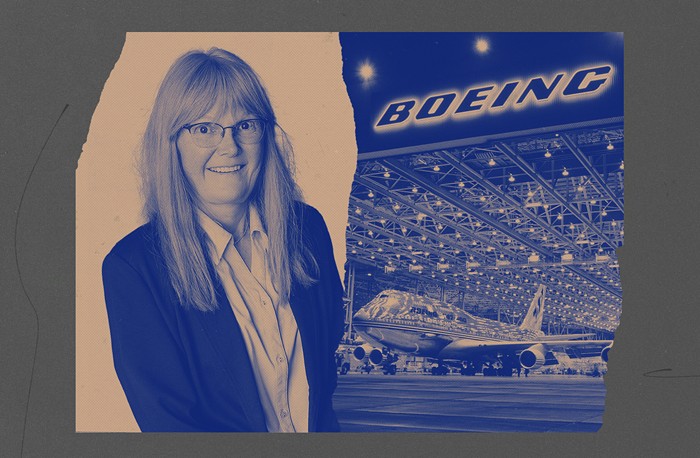
In a couple of months, the Polar Pioneer, Shell's Arctic drilling rig that's currently sitting in Elliott Bay, plans on rooting around for oil in one of the most treacherous, unpredictable environments on the planet. It aims to hunt for more oil reserves despite Shell's botched 2012 attempt to do the same, an agenda overseen by a third-party auditor chosen and paid for by Shell. The Polar Pioneer is also Shell's replacement for the Kulluk, the conical rig that had to be scrapped last season after it ran aground on its way back to Seattle.
On Wednesday, the Polar Pioneer failed an important US Coast Guard inspection of the vessel's ability to perform offshore.
Coast Guard inspectors examined the rig for its "hull structure, electrical system safety, lifesaving and fire fighting systems and equipment, and for verifying the unit's crew is capable of conducting satisfactory abandon ship (unit) and fire drills," according to Lieutenant Dana Warr of the Coast Guard's 13th District. It's the same kind of exam any mobile offshore drilling unit (MODU) would have to undergo, so that much seems like pretty basic safety shit. "We will continue to work with them to become compliant," Warr wrote in an e-mail.
We don't know at this point which parts of the test the Polar Pioneer failed. It's worth noting, however, that the Noble Discoverer—the other, much older drill ship inspected by the Coast Guard—passed the test.
The risks of drilling in icy waters a thousand miles away from the nearest Coast Guard station are more extreme than operating in an area like the familiar Gulf of Mexico—but, as evidenced by the Deepwater Horizon disaster of 2010, those risks can still be very, very high.
We'll learn more next week, and will update when we do.


















